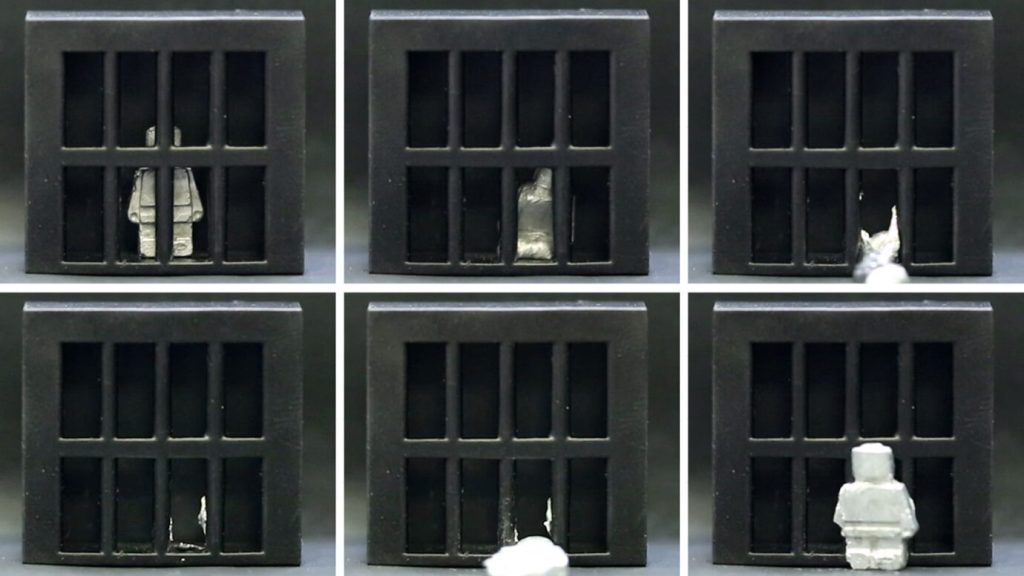A new metric of extinction risk considers how cultures care for species

In shallow coastal waters of the Indian and Pacific oceans, a seagrass-scrounging cousin of the manatee is in trouble. Environmental strains like pollution and habitat loss pose a major threat to dugong (Dugong dugon) survival, so much so that in December, the International Union for Conservation of Nature upgraded the species’ extinction risk status to vulnerable. Some populations are now classified as endangered or critically endangered.
If that weren’t bad enough, the sea cows are at risk of losing the protection of a group who has long looked after them: the Torres Strait Islanders. These Indigenous people off the coast of Australia historically have been stewards of the dugong populations there, sustainably hunting the animals and monitoring their numbers. But the Torres Strait Islanders are also threatened, in part because sea levels are rising and encroaching on their communities, and warmer air and sea temperatures are making it difficult for people to live in the region.
This situation isn’t unique to dugongs. A global analysis of 385 culturally important plant and animal species found that 68 percent were both biologically vulnerable and at risk of losing their cultural protections, researchers report January 3 in the Proceedings of the National Academy of Sciences.
The findings clearly illustrate that biology shouldn’t be the primary factor in shaping conservation policy, says cultural anthropologist Victoria Reyes-García. When a culture dwindles, the species that are important to that culture are also under threat. To be effective, more conservation efforts need to consider the vulnerability of both the species and the people that have historically cared for them, she says.
“A lot of the people in the conservation arena think we need to separate people from nature,” says Reyes-García, of the Catalan Institution for Research and Advanced Studies and the Autonomous University of Barcelona. But that tactic overlooks the caring relationship many cultural groups – like the Torres Strait Islanders – have with nature, she says.
“Indigenous people, local communities, also other ethnic groups – they are good stewards of their biodiversity,” says Ina Vandebroek, an ethnobotanist at the University of the West Indies at Mona in Kingston, Jamaica, who was not involved in the work. “They have knowledge, deep knowledge, about their environments that we really cannot overlook.”
One way to help shift conservation efforts is to give species a “biocultural status,” which would provide a fuller picture of their vulnerability, Reyes-García and colleagues say. In the study, the team used existing language vitality research to determine a culture’s risk of disappearing: The more a cultural group’s language use declines, the more that culture is threatened. And the more a culture is threatened, the more culturally vulnerable its important species are. Researchers then combined a species’ cultural and biological vulnerability to arrive at its biocultural status. In the dugong’s case, its biocultural status is endangered, meaning it is more at risk than its IUCN categorization suggests.
This intersectional approach to conservation can help species by involving the people that have historically cared for them (SN: 3/2/22). It can also highlight when communities need support to continue their stewardship, Reyes-García says. She hopes this new framework will spark more conservation efforts that recognize local communities’ rights and encourage their participation – leaning into humans’ connection with nature instead of creating more separation (SN: 3/8/22).
